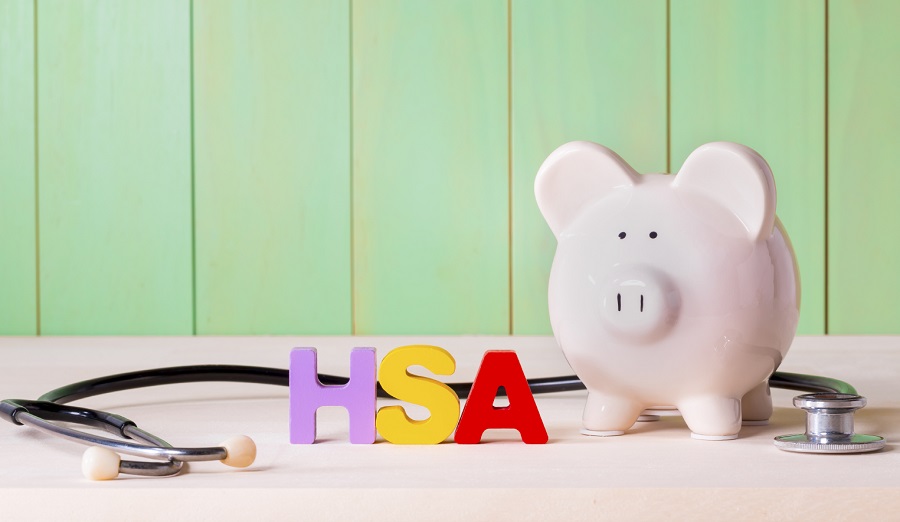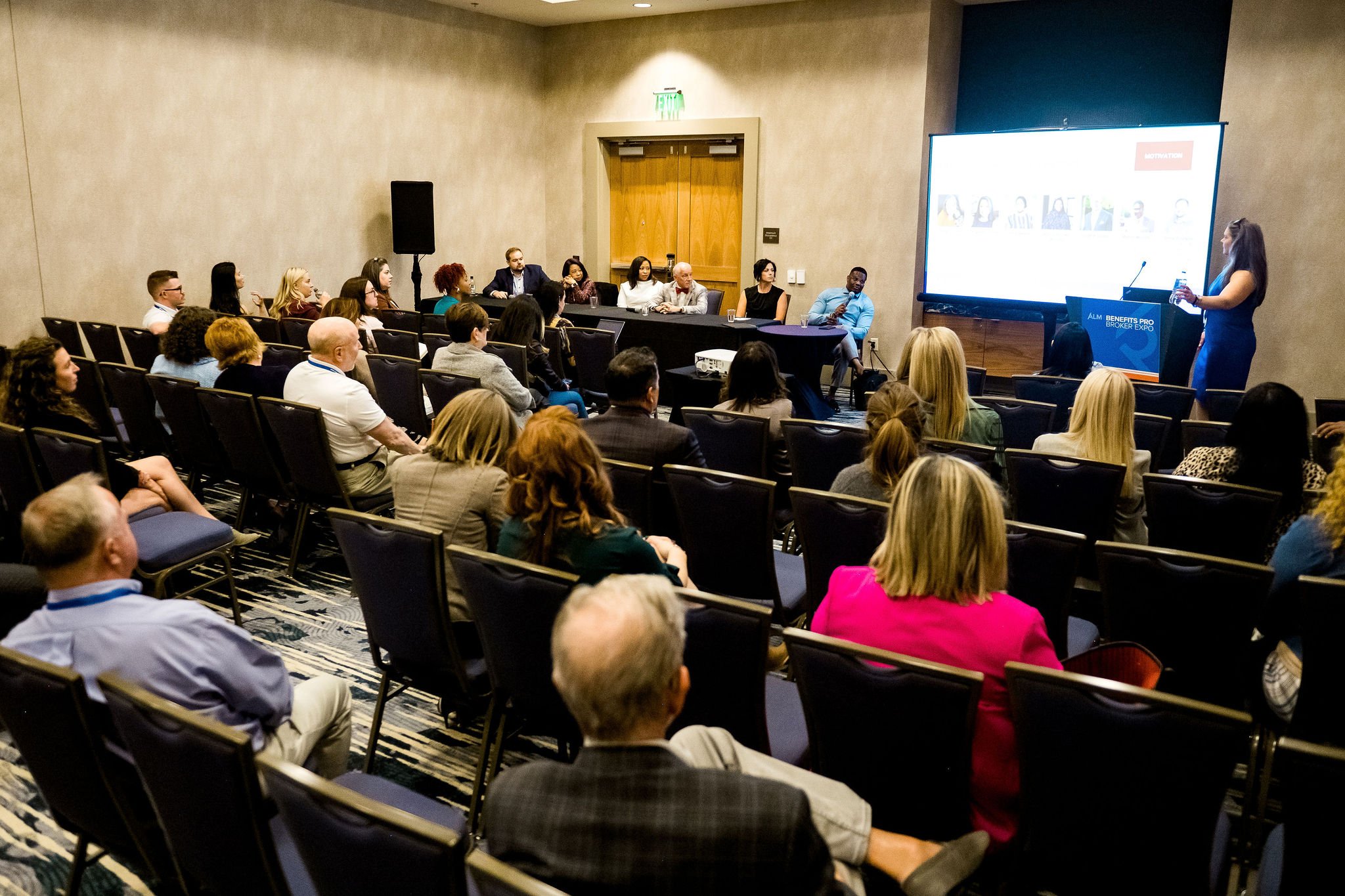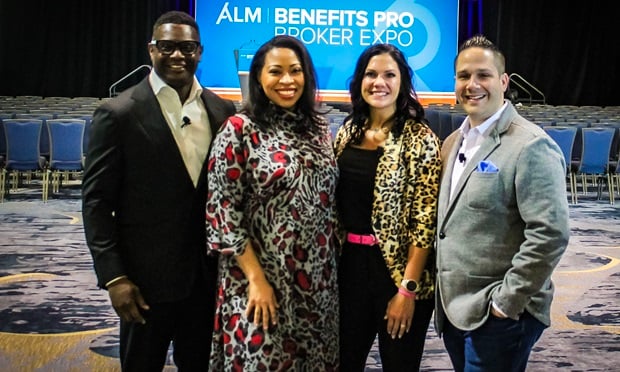Retirement isn’t the only thing workers have trouble saving for;the other big gap in planning is health care.
|According to a Voya Financial survey, Americans just aren’t ready to pay forthe health care they might need in retirement. Their estimates ofwhat they might need are low—when they estimate them at all, thatis—and their savings are even lower.
|With worries over money woes keeping people up at night—so saysa CreditCards.com poll—the only worry that surpassed “havingenough saved for retirement” was “health care and insurance.”
|And consider, if you will, all the turmoil in the healthinsurance market these days, what with potential changes to—or anoutright repeal of—the Affordable Care Act waiting in the wings,not to mention the skyrocketing costs of both care andcoverage.
|In light of all this uncertainty, it’s no wonder that the littlematter of paying for health care is keeping people awake.
|But, considering all that, it’s even more surprising that thereare so many common misconceptions about health care, its cost andhow to pay for it at large in the general population.
|American workers are not just ill prepared for retirement,they’re even more ill prepared for any illness or infirmity thatmay come along with it.
|According to research from the Employee Benefit ResearchInstitute (EBRI), a 65-year-old man would need $127,000 in savingswhile a 65-year-old woman would need $143,000—thanks to a longerprojected lifespan—to give each of them a 90 percent chance ofhaving enough savings to cover health care expenses inretirement.
|But that doesn’t appear to have filtered its way down to U.S.workers, who are blissfully (well, maybe not so blissfully)ignorant of the mountain of bills that probably lies ahead.
|While demographics play a role, there are smaller differencesamong some groups than one might otherwise expect. In addition,it’s also rather surprising where Americans plan to get the moneyto pay for whatever care they receive, and how far they think thatmoney will stretch when it also has to pay for food, clothing,shelter and any activities or other necessities that come alongwith retirement.
|Read on to see 10 misconceptions workers have about how and howmuch they think they’ll pay for medical care in retirement. Asyou’ll see, some generations are more prone to certain errors thanothers.
||10. Workers just aren’t estimating how much health care willcost them in retirement.
Perhaps they’d rather not know—but according to the poll, 81percent of Americans have not estimated the total amount health care will cost them in retirement; amongthem are 77 percent of boomers. Retirees haven’t estimated thosecosts, either; in fact, just 21 percent of them have. But that’sactually not that bad, when considering that among Americansoverall, only 14 percent have actually done—or tried to do—themath.
|And among those who have tried to calculate the cost, 66 percentput them at $100,000 or less while an astonishing 31 percentestimated just $25,000 or less.
|9. People with just a high school education or less, andwhites, are slightly more likely than those who went to college,and blacks, to have attempted to figure it out.
The great majority among all those demographic groups justaren’t looking at the numbers, with 88 percent of black respondentsand 79 percent of white respondents saying they have not estimatedhow much money it will take to pay their medical costs throughoutretirement.
|And while 80 percent of those with a high school diploma or lesssay they haven’t run the numbers, those who spent more time inschool have spent even less time doing the calculations—with 81percent of those with some college and 82 percent of those whograduated college saying they have not estimated medical costs.
||8. Millennials are the most likely to underestimate health carecosts in retirement.
A whopping 74 percent of millennials are among those lowballingwhat they expect to spend on health care once they retire, figuringthey won’t need more than $100,000—and possibly less.
|Related: Why millennials are more interested insaving for retirement
|Not that they really know; 85 percent haven’t actually tried tocalculate their total health care expenses for retirement. But theymust be believers in the amazing stretching dollar, with 42 percentplanning to use general retirement savings as the primary means ofpaying for health expenses in retirement, excluding Medicare.
|GenXers, by the way, were the most likely to guess correctlythat the bill will probably be higher than $100,000—but even there,only 28 percent said so.
|7. They have surprisingly unrealistic expectations about wherethey’ll get the money to pay for medical care.
Excluding Medicare, 34 percent intend to use their generalretirement savings, such as 401(k)s, 403(b)s, pensions and IRAs, asthe primary means of paying for care, while 25 percent are bankingon their Social Security income, 7 percent would use health savingsaccounts (HSAs) and 6 percent would use emergency savings.
|That last is particularly interesting, since so few people have successfully managed to setaside a sizeable emergency fund in the first place.
||6. Despite their potential, HSAs just aren’t feasible for manybecause of their income.
HSAs do offer ways to set aside more money not just for medicalbills in retirement but also to boost retirement savings overall,and come with fairly generous contribution limits. But people with lowerincomes often can’t even hit the maximum for retirement accounts—sorelying on an HSA might not be realistic for all but those withthe highest incomes.
|Yet people with lower incomes were more likely than those whomade more to say HSAs would be the main way they’d pay for medicalexpenses. Among those who said they’d be relying on HSAs to pay forcare in retirement, 5 percent of those with incomes less than$35,000 and 14 percent of those with incomes between$35,000–$50,000 said that would be the way they’d go.
|Just 9 percent of those with incomes between $50,000–$75,000, 7percent of those with incomes between $75,000–$100,000 and 9percent of those with incomes above $100,000 chose them.
|5. A few are planning on using an inheritance to pay formedical bills in retirement.
It’s probably not realistic, and there aren’t all that many, butsome respondents are actually planning on an inheritance being thechief way they’ll pay for their medical expenses duringretirement.
|Millennials and GenXers were the most likely to say that, at 2percent each—but they may not have considered that the moneyoriginally intended for an inheritance might end up going to payfor other things, such as caregiving or child care, and indeed much of their ownretirement money could end up paying for care for elderly parents.A lot more people end up acting as caregivers—especially among thesandwich generation—and may find that relying on inheriting moneyfrom the people they’re caring for was not a realisticexpectation.
||4. Women don’t know, guess low.
Just 13 percent of women have gone to the trouble of estimatinghow much health care will cost them during retirement, but thatdidn’t stop 32 percent from putting that figure at $25,000 orless.
|Related: 7 retirement tips forwomen
|And that’s really bad news. It’s particularly important forwomen to be aware of the cost of health care, since not only dothey not save enough for retirement to begin with—42 percent onlycontribute between 1–5 percent, the lowest level, compared with 34percent of men, often thanks to lower salaries and absences fromthe workplace to raise children or act as caregivers—but theirlonger lifespans mean they’ll have more years in which to needhealth care and fewer options to obtain it other than by paying forit.
|Men are frequently cared for by (predominantly female)caregivers at home, while women tend to outlive any family memberswho might be willing or able to do the same for them.
|3. Men don’t know, but guess higher.
While the same percentage of women and men have not estimatedtheir retirement health care expenses (81 percent), men were morelikely than women (24 percent, compared with 15 percent) to come upwith an estimate higher than $100,000.
||2. The highest-income households are most likely to have triedto estimate medical cost needs during retirement.
Probably not surprisingly, households with an income of $100,000or more were the most likely to have tried to pin a dollar figureto health care needs, with 21 percent saying they’d done so.
|Related: 10 retirement issues boomersface
|Households with incomes between $50,000–$75,000 were leastlikely to have done so, with just 11 percent of them trying toanticipate how much they’ll need.
|And just because they have more money doesn’t mean theirestimates were a whole lot more accurate—only 38 percent of those$100,000+ households thought they’d need more than $100,000 to seethem through any needed medical care during retirement, while 59percent—the great majority—figured they could get by on $100,000 oreven less.
|1. Where they live doesn’t seriously affect their estimates,although it will seriously affect their cost of care.
Among those who have tried to anticipate how much they’ll needin retirement for medical care, there’s not a huge difference amonghow many guessed too low—even though where they live can have ahuge effect on how much they’ll end up paying, particularly forlong-term care.
|Related: 10 worst states to retire
|While the most expensive regions for LTC tend to be thenortheast and the west coast, and the cheapest are the south and midwest, there’s nota great deal of variance among those who estimate they can get byon care for $100,000 or less—even if people live in one of the mostexpensive regions. Sixty-seven percent of those in the northeastsaid care wouldn’t cost more than that, while 63 percent of thosein the midwest, 71 percent of those in the south and 61 percent ofthose in the west said the same thing.
|When it came to those who said they’d need more than $100,000,24 percent of those in the west thought they’d need that much; sodid 20 percent of those in the midwest, just 18 percent of those inthe northeast and 17 percent of those in the south.
Complete your profile to continue reading and get FREE access to BenefitsPRO, part of your ALM digital membership.
Your access to unlimited BenefitsPRO content isn’t changing.
Once you are an ALM digital member, you’ll receive:
- Critical BenefitsPRO information including cutting edge post-reform success strategies, access to educational webcasts and videos, resources from industry leaders, and informative Newsletters.
- Exclusive discounts on ALM, BenefitsPRO magazine and BenefitsPRO.com events
- Access to other award-winning ALM websites including ThinkAdvisor.com and Law.com
Already have an account? Sign In
© 2024 ALM Global, LLC, All Rights Reserved. Request academic re-use from www.copyright.com. All other uses, submit a request to [email protected]. For more information visit Asset & Logo Licensing.













